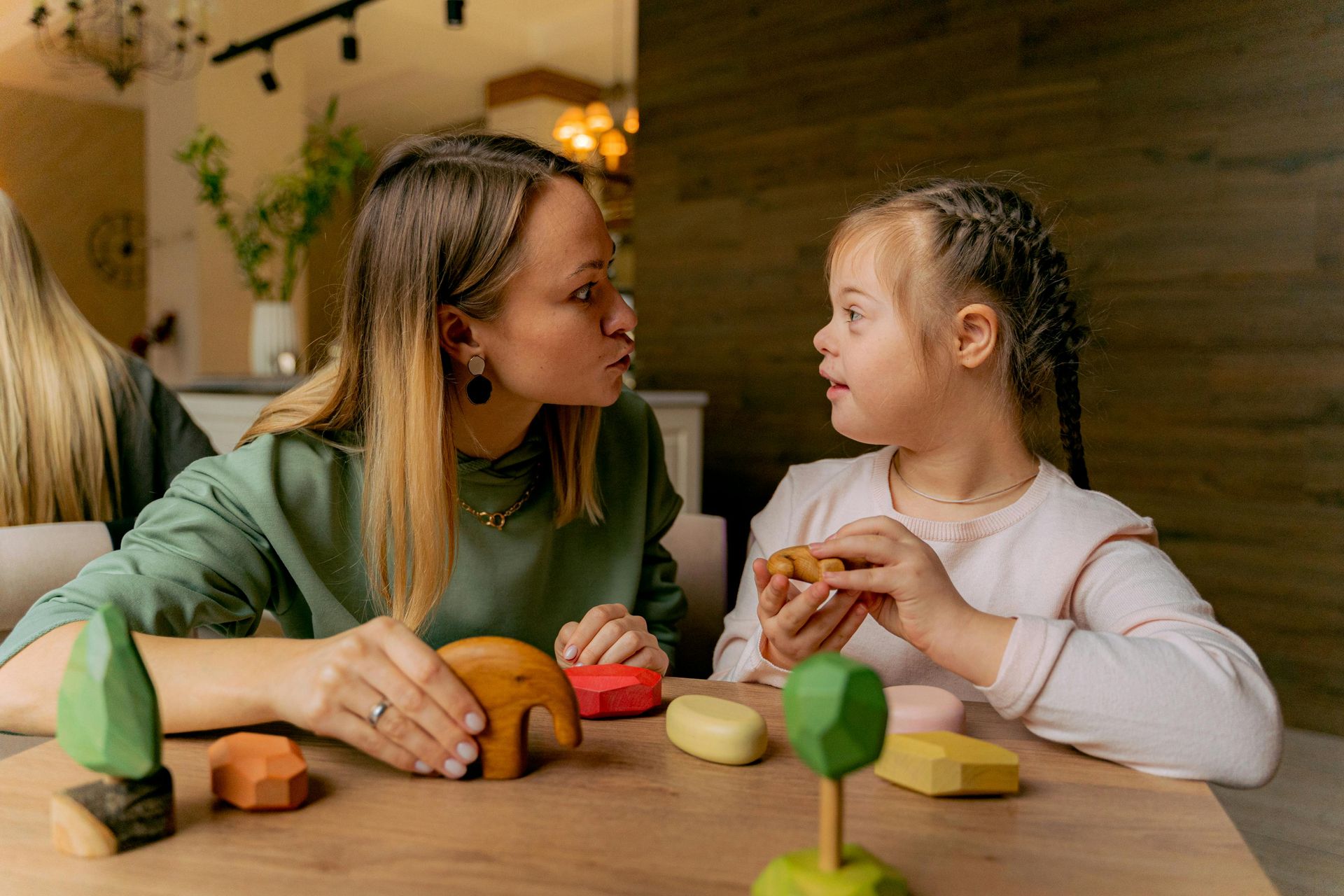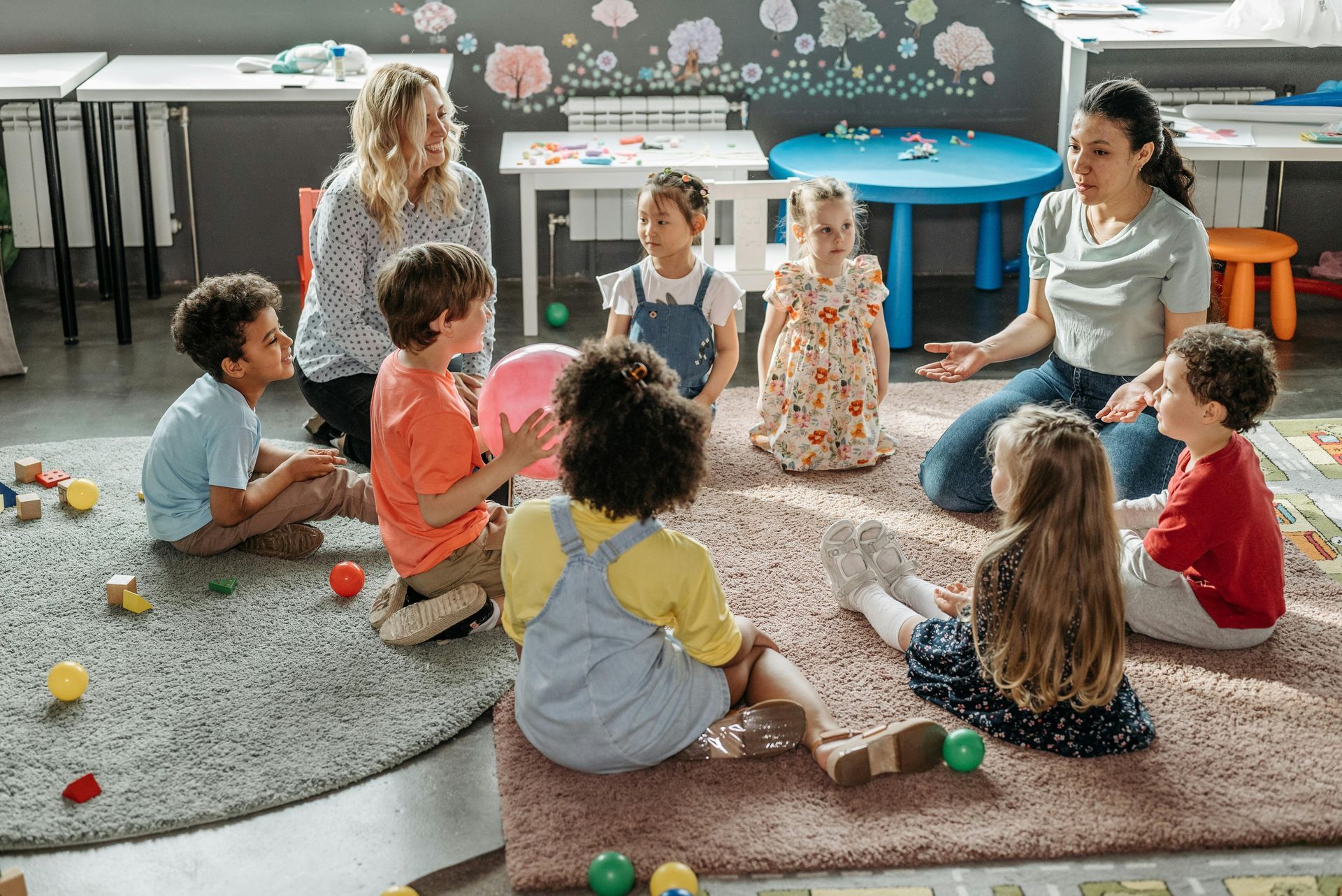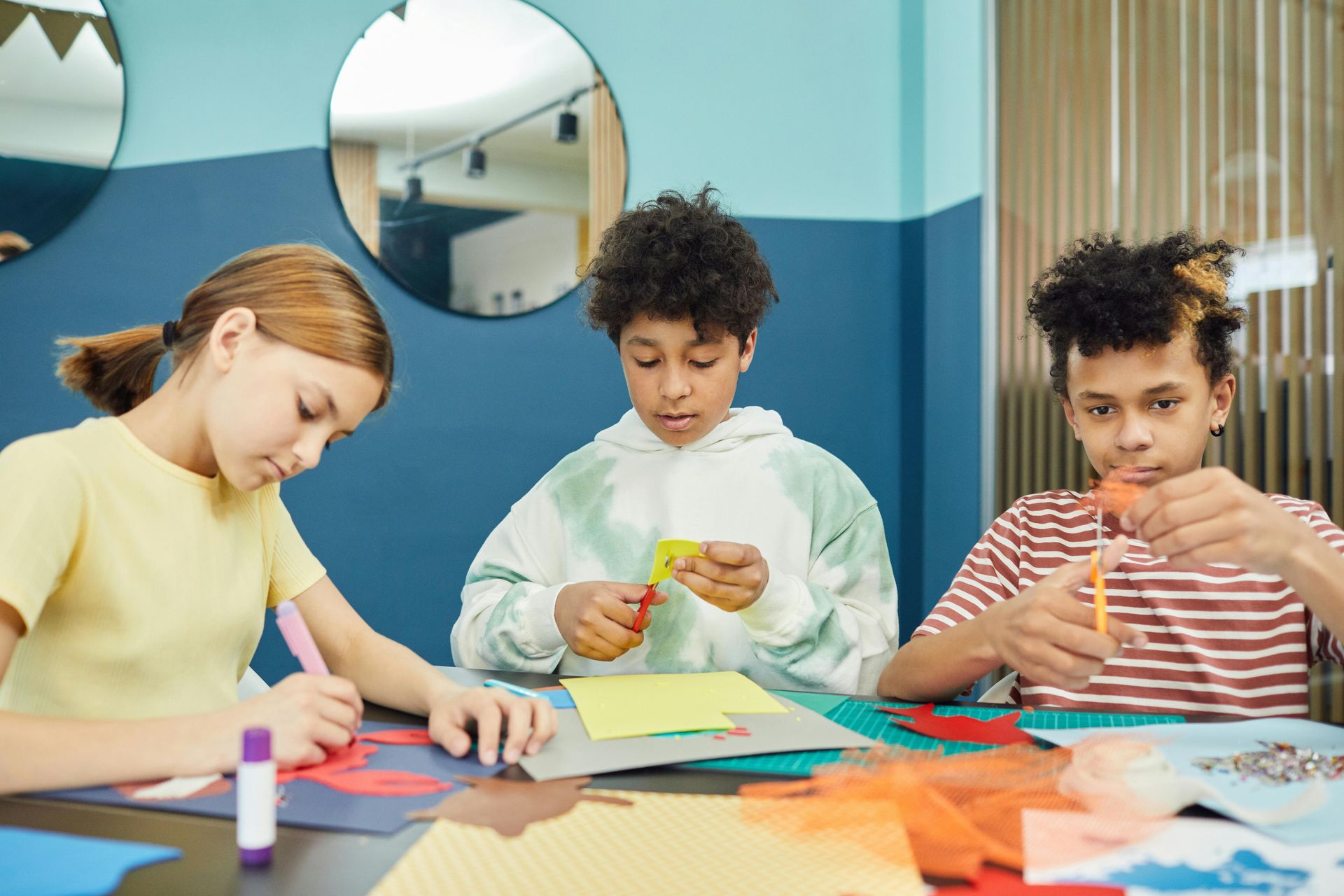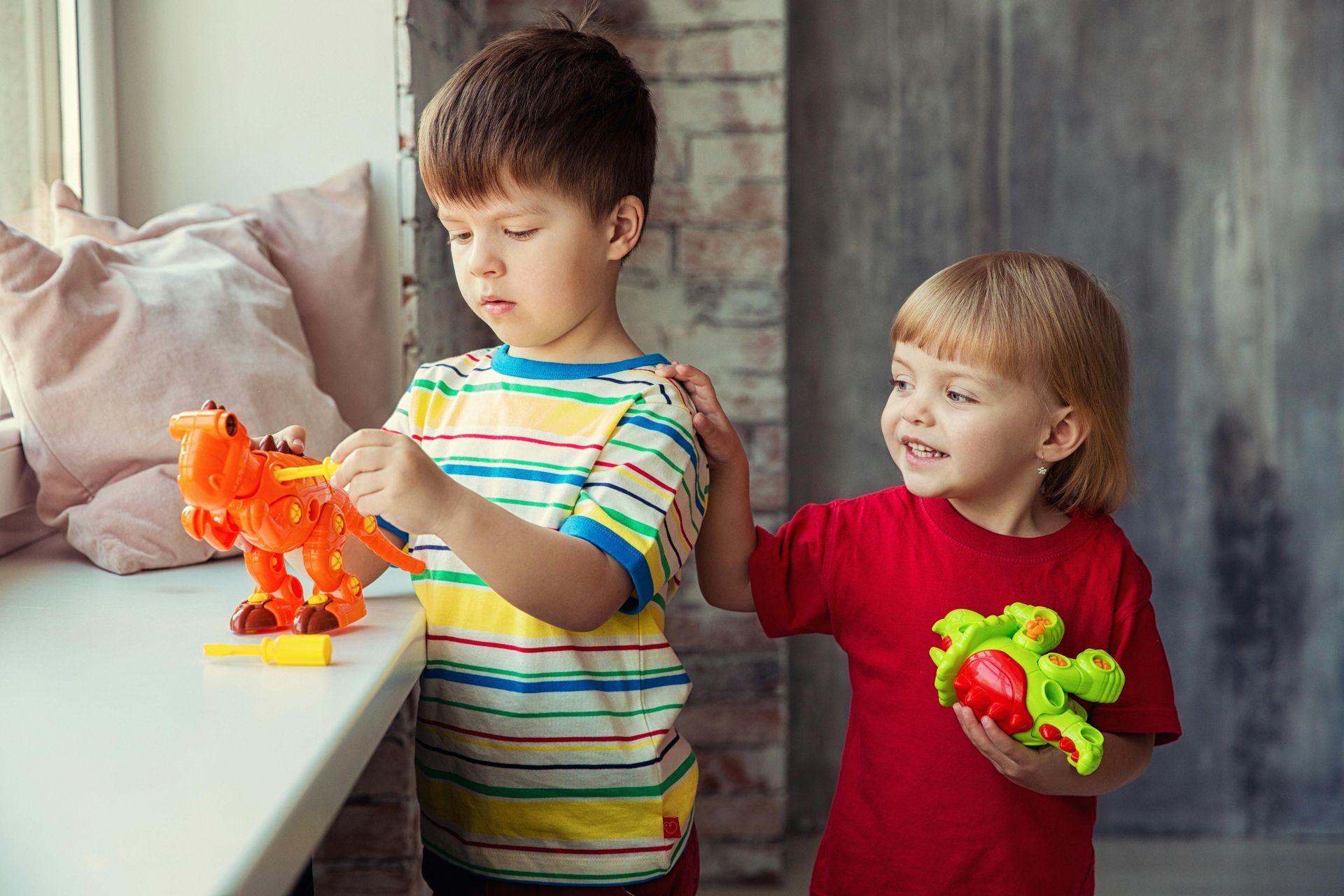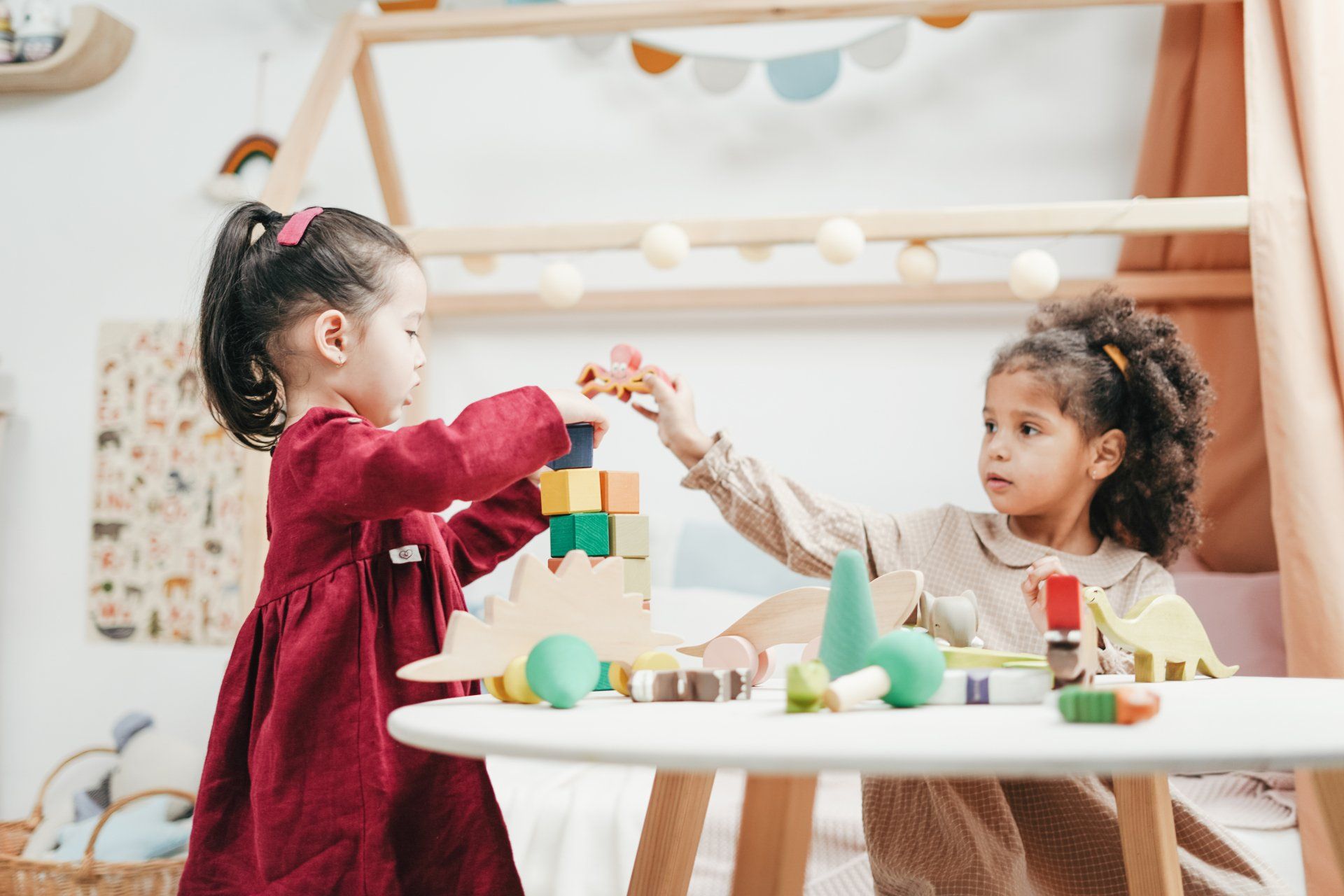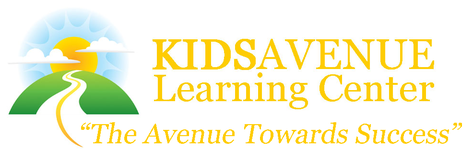The Power of Positive Reinforcement in Early Childhood Education

Positive reinforcement is one of the most effective tools in shaping behavior and promoting growth in young children. By focusing on rewarding positive behaviors, children are more likely to repeat those behaviors and build healthy habits that will benefit them throughout their lives. At Kid’s Avenue Learning Center, we believe that using positive reinforcement in early childhood education helps children develop self-esteem, confidence, and a strong sense of responsibility. By acknowledging their efforts and accomplishments, we create an environment where children feel motivated and supported to reach their full potential.
What is Positive Reinforcement?
Positive reinforcement refers to the practice of encouraging and rewarding desirable behaviors to increase the likelihood that those behaviors will be repeated. It involves providing a reward or recognition to a child when they display a positive action, such as helping a friend, following directions, or sharing a toy. The goal of positive reinforcement is to reinforce good behavior and create a learning environment that fosters growth, kindness, and cooperation.
At Kid’s Avenue, we recognize that positive reinforcement is more than just rewarding good behavior—it’s about creating an environment where children feel valued, respected, and encouraged to continue making positive choices.
Types of Positive Reinforcement
Positive reinforcement can take many forms, depending on the child’s preferences and the situation. The most common types of reinforcement include:
- Verbal Praise: Offering words of encouragement and praise when a child demonstrates positive behavior. Simple phrases like “Great job!” or “I’m so proud of you!” can go a long way in boosting a child’s confidence and self-esteem.
- Physical Reinforcement: A high-five, a pat on the back, or a hug can serve as physical reinforcement, signaling approval and support.
- Tangible Rewards: Sometimes, children respond well to tangible rewards such as stickers, tokens, or small prizes. These rewards help reinforce the behavior and give children something tangible to associate with their success.
- Social Reinforcement: Providing social praise, such as calling attention to a child’s positive behavior in front of peers or allowing them to be a “helper” in the classroom, can encourage them to continue exhibiting positive behavior.
The Benefits of Positive Reinforcement
There are many benefits to using positive reinforcement in early childhood education, both for the child and for the learning environment. Some of the key benefits include:
- Improved Self-Esteem: When children receive praise and recognition for their efforts, they develop a sense of accomplishment and feel good about themselves. Positive reinforcement helps children recognize their strengths and believe in their abilities.
- Increased Motivation: Children who are consistently reinforced for positive behavior are more motivated to continue making good choices. They learn that their actions have positive outcomes and are more likely to engage in the desired behavior.
- Enhanced Social Skills: Positive reinforcement helps children learn to interact with others in a respectful and cooperative manner. When they are rewarded for sharing, helping, or communicating effectively, they are more likely to repeat these behaviors and form positive relationships with their peers.
- Consistency in Behavior: Positive reinforcement helps create a consistent pattern of behavior. When children receive regular feedback for positive actions, they learn what is expected of them and develop a clear understanding of acceptable behaviors.
Using Positive Reinforcement in the Classroom
At Kid’s Avenue Learning Center, we integrate positive reinforcement into every aspect of our daily routines. Our teachers use verbal praise, social reinforcement, and tangible rewards to motivate children and acknowledge their accomplishments. By focusing on the positive, we help children build confidence and learn how to manage their emotions and behavior.
In addition to one-on-one reinforcement, we also create a classroom culture where positive behaviors are celebrated collectively. For example, we may recognize a group for working well together or highlight a child’s efforts in a group project. These moments of recognition foster a sense of pride and belonging within the classroom community.
Setting Clear Expectations for Positive Behavior
To ensure that positive reinforcement is effective, it is important to set clear expectations for behavior. At Kid’s Avenue, we establish guidelines for acceptable behavior early on, ensuring that children know what is expected of them. These expectations are reinforced consistently through positive reinforcement, so children understand that their actions have consequences—both positive and negative.
We also make sure that the positive reinforcement is aligned with the behavior we want to encourage. For instance, when a child helps clean up after a lesson or shares toys with a friend, they are immediately praised for their cooperation. The reinforcement is directly tied to the specific behavior, helping children make the connection between their actions and the positive outcomes.
Challenges in Using Positive Reinforcement
While positive reinforcement is highly effective, it is important to be mindful of potential challenges. One common challenge is ensuring that the reinforcement is meaningful and specific to the child. For example, some children may respond better to verbal praise, while others may prefer tangible rewards or social recognition. It’s important to tailor reinforcement strategies to each child’s individual needs.
Another challenge is maintaining consistency in the use of positive reinforcement. Inconsistent reinforcement can send mixed signals to children, making it harder for them to understand what is expected of them. At Kid’s Avenue, our teachers are trained to provide consistent and thoughtful reinforcement throughout the day, ensuring that children receive the support they need to thrive.
At Kids Avenue Learning Center, we understand the importance of early literacy in preschool education and how positive reinforcement plays a key role in encouraging children’s academic and personal growth.
Conclusion
Positive reinforcement is a powerful tool for shaping behavior and promoting growth in young children. By focusing on rewarding desirable behaviors, we create a supportive learning environment that fosters self-esteem, motivation, and social-emotional development. At Kid’s Avenue Learning Center, we are committed to using positive reinforcement to help children build confidence, develop social skills, and reach their full potential. Through consistent encouragement and praise, we ensure that every child has the tools they need to succeed both in the classroom and in life.
